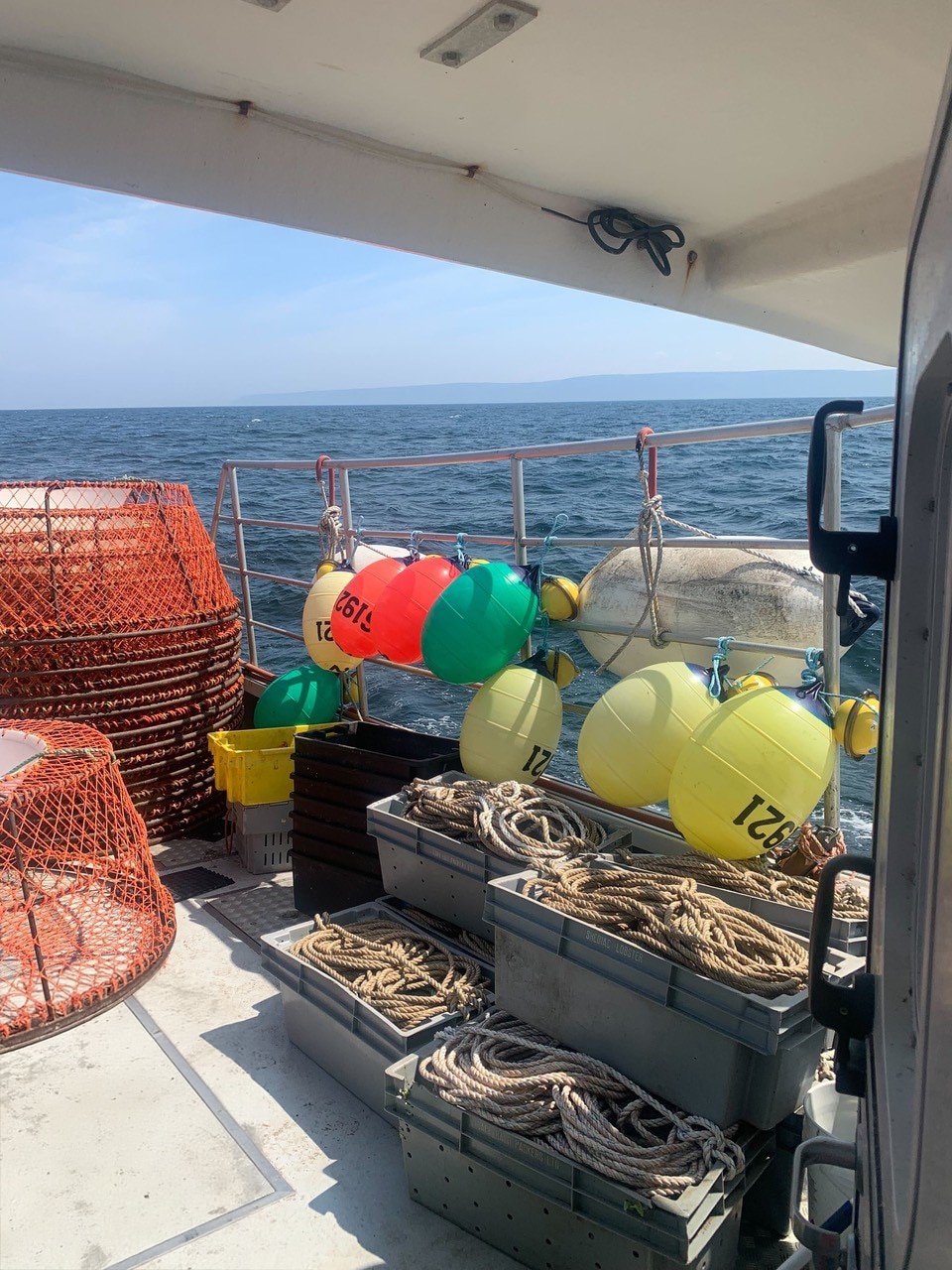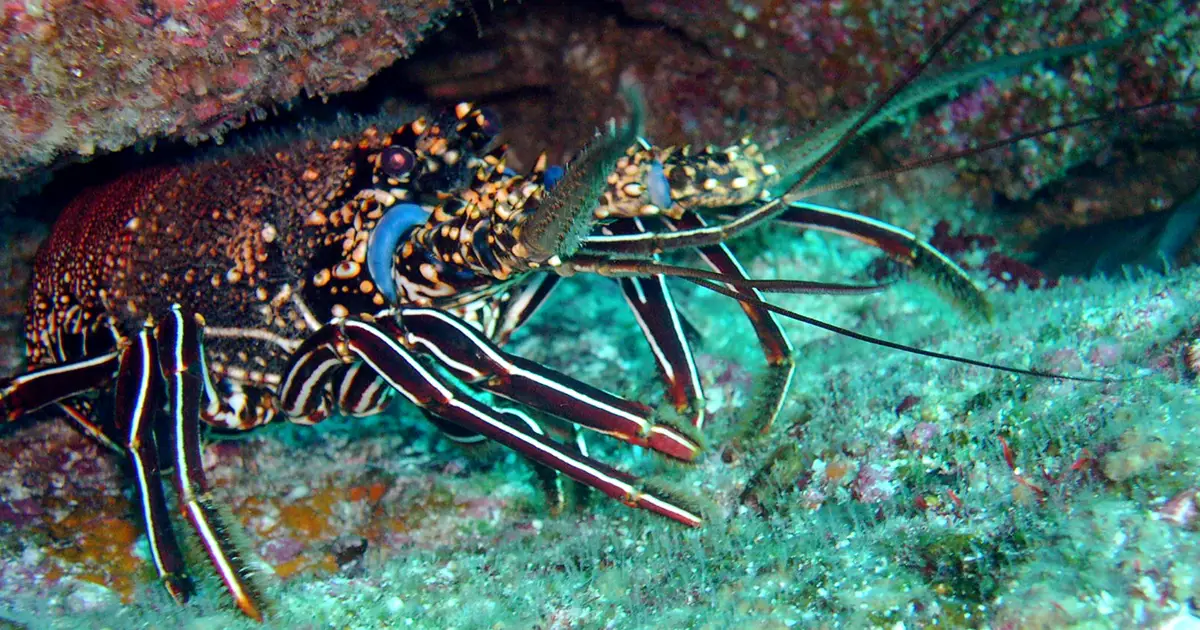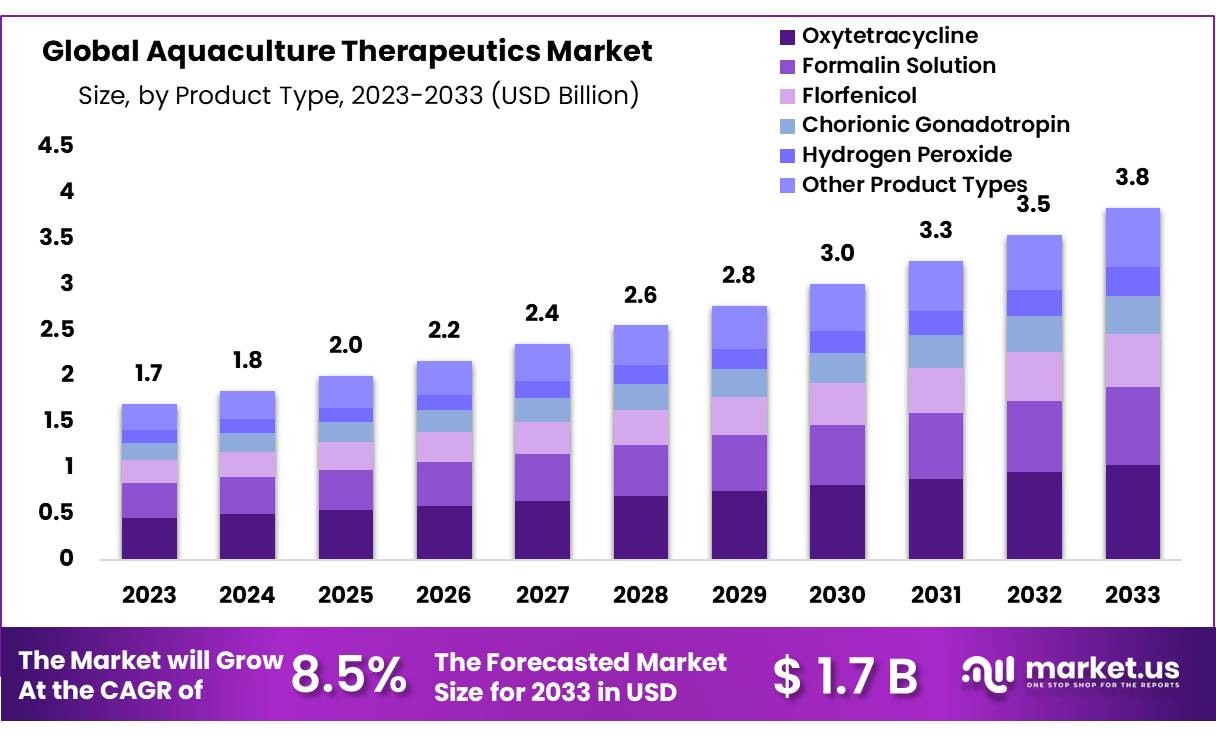NCDEQ Division of Marine Fisheries releases annual Fishery Management Plan Update – WWAYTV3

Report on the North Carolina Fishery Management Plan Update: Alignment with Sustainable Development Goals
The North Carolina Department of Environmental Quality’s Division of Marine Fisheries has published its annual Fishery Management Plan (FMP) Update. This report details the status and management strategies for key marine species, reflecting a commitment to the principles outlined in the United Nations Sustainable Development Goals (SDGs), particularly SDG 14: Life Below Water.
Executive Summary of Findings
The 2025 update provides a comprehensive overview of stock status, data trends, and management actions based on data through 2024. The actions detailed below demonstrate a direct application of science-based management plans intended to end overfishing, restore fish stocks, and protect marine ecosystems, in alignment with SDG Target 14.4 (Sustainable Fishing) and SDG Target 14.2 (Protect and Restore Ecosystems).
Species-Specific Management Actions and SDG Implications
Southern Flounder
- Stock Status: The South Atlantic stock is designated as overfished, with overfishing actively occurring. This situation requires urgent management intervention to meet the objectives of SDG 14.4.
- Management Actions:
- An ongoing FMP review is focused on balancing increased recreational access with the mandated rebuilding of the stock, addressing both economic (SDG 8) and conservation (SDG 14) interests.
- Amendment 4 is under consideration to adjust the commercial/recreational sector allocation, supporting SDG 14.b by managing access to marine resources.
- Amendment 5 is in development to establish long-term, comprehensive management strategies, ensuring the future sustainability of the fishery.
Kingfishes
- Management Actions: A comprehensive FMP review will commence in 2025. This review will reevaluate management triggers based on available survey data, reinforcing the commitment to science-based decision-making as called for in SDG 14.
Red Drum
- Stock Status: A 2024 benchmark stock assessment indicates the stock is not overfished and overfishing is not occurring. However, developing trends are a cause for concern, necessitating proactive management.
- Management Actions: In response to the assessment, Addendum II to the Interstate FMP is being developed. The State FMP review will incorporate these changes, demonstrating a preventative approach to resource management consistent with SDG 14.4.
Blue Crab
- Stock Status: Despite the implementation of Amendment 3 in 2020, data suggests a continued decline in the stock, indicating that current measures are insufficient to meet rebuilding targets under SDG 14.4.
- Management Actions: New management options are being developed for consideration in November 2025 to address the overfished status and end overfishing, highlighting an adaptive management process.
Spotted Seatrout
- Management Actions: Amendment 1 was adopted in March 2025 to end overfishing through measures such as harvest closures, slot limits, and reduced bag limits.
- Ecosystem-Based Management: The amendment includes an adaptive management framework for cold stun events, which triggered a fishery closure from January to July 2025. This action directly supports the protection of marine life and ecosystem resilience (SDG 14.2).
Eastern Oyster and Hard Clam
- Stock Status: The stock status for both species is unknown due to data limitations, which presents a significant challenge to fulfilling the requirements of science-based management under SDG 14.
- Management Actions:
- Eastern Oyster (Amendment 5): This plan balances fishery use with habitat conservation by establishing deep-water oyster recovery areas and rotational harvest sites. This directly supports SDG 14.2 by protecting and restoring critical marine ecosystems.
- Hard Clam (Amendment 3): The plan mandates a phase-out of mechanical harvest methods by 2028, a measure intended to reduce damage to marine habitats (SDG 14.2).
- Data Enhancement: Both plans include strategies to improve data collection on recreational harvesting, a crucial step toward increasing scientific knowledge (SDG 14.a) and promoting responsible resource consumption (SDG 12).
Relevant Sustainable Development Goals (SDGs)
The article primarily addresses issues related to SDG 14, but also connects to aspects of SDG 12 and SDG 8.
-
SDG 14: Life Below Water
This is the most significant SDG discussed in the article. The entire text focuses on the conservation and sustainable use of marine resources, specifically various fish and shellfish stocks in North Carolina. The article details the efforts of the Division of Marine Fisheries to manage these resources through Fishery Management Plans (FMPs), addressing threats like overfishing and habitat degradation.
-
SDG 12: Responsible Consumption and Production
The article connects to this goal by detailing the management frameworks designed to ensure the sustainable use of natural marine resources. The FMPs and their associated regulations (e.g., harvest limits, closures) are mechanisms to promote sustainable production patterns within the fishing industry, preventing the depletion of fish stocks.
-
SDG 8: Decent Work and Economic Growth
This goal is relevant through the article’s discussion of balancing commercial and recreational fishing interests. For example, the debate over the 50/50 sector allocation for Southern Flounder highlights the need to manage natural resources in a way that sustains the economic livelihoods of those in the commercial fishing industry while also supporting the economic activity generated by recreational fishing.
Specific SDG Targets
Based on the article’s content, several specific targets under the identified SDGs can be identified.
-
Target 14.4: End overfishing and restore fish stocks
“By 2020, effectively regulate harvesting and end overfishing, illegal, unreported and unregulated fishing and destructive fishing practices and implement science-based management plans, in order to restore fish stocks in the shortest time feasible, at least to levels that can produce maximum sustainable yield as determined by their biological characteristics.”
- Explanation: This target is central to the article. The text explicitly states that the Southern Flounder stock is “overfished, and overfishing is occurring.” Similarly, Amendment 3 to the Blue Crab FMP was adopted to “address the overfished status and end overfishing,” and Amendment 1 for Spotted Seatrout was intended to “end overfishing of the stock.” The development and implementation of various FMP amendments are direct actions to regulate harvesting and restore these fish stocks.
-
Target 14.2: Sustainably manage and protect marine and coastal ecosystems
“By 2020, sustainably manage and protect marine and coastal ecosystems to avoid significant adverse impacts, including by strengthening their resilience, and take action for their restoration in order to achieve healthy and productive oceans.”
- Explanation: The article demonstrates efforts to achieve this target through comprehensive management plans. The Eastern Oyster FMP, for instance, aims to balance “the value of oysters as a fishery resource and essential habitat by implementing deep-water oyster recovery areas (DORAs).” This shows a direct action to protect and restore a key coastal ecosystem component. The phasing out of “mechanical harvest methods” for Hard Clam also contributes to protecting the marine environment from potentially destructive practices.
-
Target 14.a: Increase scientific knowledge and research
“Increase scientific knowledge, develop research capacity and transfer marine technology, taking into account the Intergovernmental Oceanographic Commission Criteria and Guidelines on the Transfer of Marine Technology, in order to improve ocean health and to enhance the contribution of marine biodiversity to the development of developing countries, in particular small island developing States and least developed countries.”
- Explanation: The article underscores the importance of science-based management. It repeatedly refers to “stock assessment,” “data trends,” and “research needs.” For Red Drum, a “benchmark stock assessment was completed,” which informed management decisions. For Eastern Oyster and Hard Clam, it is noted that “stock assessments have not been completed for these species due to data limitations,” highlighting a recognized need to increase scientific knowledge to improve management.
-
Target 12.2: Achieve the sustainable management and efficient use of natural resources
“By 2030, achieve the sustainable management and efficient use of natural resources.”
- Explanation: The entire purpose of the Fishery Management Plan Update is to ensure the sustainable management of North Carolina’s marine fisheries, which are a key natural resource. By implementing regulations like harvest closures, bag limits, and gear restrictions, the state is actively managing the use of these resources to prevent depletion and ensure their long-term availability.
Implied or Mentioned Indicators
The article mentions or implies several indicators that can be used to measure progress towards the identified targets.
-
Indicator for Target 14.4: Proportion of fish stocks within biologically sustainable levels.
- Explanation: The article provides direct data for this indicator. It explicitly states the status of several stocks:
- Southern Flounder: “overfished, and overfishing is occurring”
- Red Drum: “not overfished and overfishing is not occurring”
- Blue Crab: “overfished status”
- Spotted Seatrout: management intended to “end overfishing of the stock”
Tracking these classifications over time through the annual FMP updates serves as a direct measure of progress.
- Explanation: The article provides direct data for this indicator. It explicitly states the status of several stocks:
-
Indicator for Target 14.2: Progress by countries in the degree of implementation of instruments aiming to combat illegal, unreported and unregulated fishing. (Adapted to management implementation)
- Explanation: While not about IUU fishing, the degree of implementation of management plans is a relevant measure. The article details the status of numerous FMPs and their amendments (e.g., “Amendment 4 to the Southern Flounder FMP…is tentatively scheduled for adoption,” “Amendment 1 to the Spotted Seatrout FMP was adopted”). The adoption and enforcement of these plans, including regulations like the phasing out of mechanical harvest for Hard Clam by 2028 and the creation of DORAs for oysters, are tangible indicators of management implementation.
-
Indicator for Target 14.a: Proportion of total research budget allocated to research in the field of marine technology. (Adapted to use of scientific data)
- Explanation: The article implies the use of scientific assessments as an indicator of progress. The reliance on “benchmark stock assessment” for Red Drum and Blue Crab, and the noted “data limitations” for oysters and clams, point to the use (or lack thereof) of scientific data in decision-making. The development of strategies “to further explore options to estimate recreational shellfish participation and landings” is an action that can be tracked as an indicator of improving scientific capacity.
SDGs, Targets, and Indicators Analysis
| SDGs | Targets | Indicators Identified in the Article |
|---|---|---|
| SDG 14: Life Below Water | 14.4: End overfishing and restore fish stocks. |
|
| SDG 14: Life Below Water | 14.2: Sustainably manage and protect marine and coastal ecosystems. |
|
| SDG 14: Life Below Water | 14.a: Increase scientific knowledge and research. |
|
| SDG 12: Responsible Consumption and Production | 12.2: Achieve the sustainable management and efficient use of natural resources. |
|
Source: wwaytv3.com

What is Your Reaction?
 Like
0
Like
0
 Dislike
0
Dislike
0
 Love
0
Love
0
 Funny
0
Funny
0
 Angry
0
Angry
0
 Sad
0
Sad
0
 Wow
0
Wow
0
























;Resize=805#)
























































